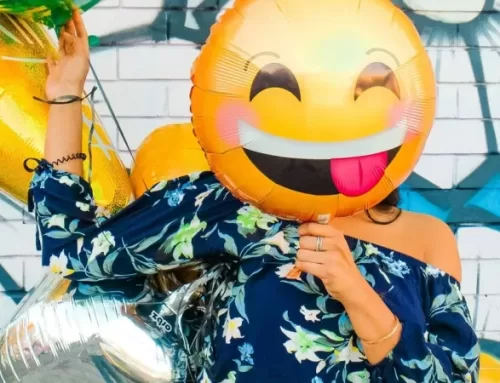Review of a book chapter: Djikic, M., & Oatley, K. (2014). On the fragility of the artist: Art’s precarious triad. In J. C. Kaufman (Ed.), Creativity and mental illness (pp. 281-294). New York, NY, US: Cambridge University Press.
By Dr Julian Singer
I of course refer to the Old Masters. The revered painters of yesteryear whom the great W H Auden identified in regard to suffering, as having truly “understood it’s human position”. But is an understanding of suffering a necessity for creative art? Did they understand the very nature of human suffering because they painted it, or because they experienced it? Is all creative genius an outpouring of the artists troubled soul, an exploration of truth and meaning? Or is it the creative artistry itself that might drive people into mental illness?
Answers to these questions and more are sought by Maja Djikic and Keith Oatley in their book chapter, “On the fragility of the artist: art’s precarious triad”, in Creative and Mental Illness edited by James Kaufman and available from Cambridge University Press. Within, the authors seek to address the correlation between mental illness and artistic creativity by steering clear of causal inferences and suggesting that they may co-occur due to the influence of one or more shared variables.
Djikic and Oatley begin by instructing us in the dangers of drawing conclusions from easily offered anecdotal information, to steer clear of the availability heuristic presented by prodigal yet prodigious pop-culture paragons who balance, or at times fail to balance their creative genius with their vice of addiction or mental health challenges. The tale of Amy Winehouse whose talent, troubles, and ultimately premature demise is offered to the reader as a contemporary example. It may be easy to conclude that Miss Winehouse’s musical accomplishments were born out of a troubled mind, and thus directly attributable to her well documented struggle with drugs and alcohol.
Djikic and Oatley suggest we dismiss this casual inference, and instead propose that artistry and mental illness co-exist due to the presence of one or more shared characteristics, perhaps we can think of these characteristics as “risk factors”. Their theoretical framework suggests three traits of personality that are requirements for the production of art, and which are themselves risk factors for mental illness. It is thus because artists possess such qualities of character, that they are themselves places in precarious position when it comes to mental health. The three qualities put forward are: sensitivity, emotion-driven preoccupation with exploration within a particular medium of expression (which they call “artistic compulsion”), and lack of self-deception. Briefly, by sensitivity the authors refer to a heightened appreciation of both external and internal stimuli – such that sensitive people more keenly response to both positive and negative aspects of reality. Artist compulsion, the emotion-impelled compulsion to create and thus explore “issues” through a given artistic medium. And finally, lack of self-deception refers to the absence of psychological self-defence techniques that are employed to distort perception and comprehension of reality to project (inwardly and outwardly) the image of a stable self.
Djikic and Oatley’s argument follows a logical flow. They link their three essential traits individually to the artistic temperament yet explain that each factor provides a necessary but not sufficient case for artistic expression, which instead depends on the co-occurrence of all three characteristics. Having described the relation of these traits to artistry, they further provide arguments for how each characteristic may contribute to mental illness. Thusly, sensitive people may not be able to process sufficiently the information their heightened perceptions encounter; artistic compulsion leads to preoccupation with a particular emotion-driven experience – what psychologists would term “rumination”; and lack of self-deception leads to an absence of psychological coping-mechanisms that protect the self from psychological pain. The combination of these traits, the authors say, leads artists prone to anxiety, depression, mania, rumination, and addiction.
However, their body of work is not immune from criticism. Djikic and Oatley rely on several a priori assumptions. Firstly, there assumption about what characteristics an artist requires is based on, “what we know about art”. It is unclear whether the authors know very little, or very much a great deal about art, or whether their knowledge of art as an observer is sufficient to assume a knowledge of artists as a creator. Furthermore, Djikic and Oatley rely on the precondition, particularly in regard to the claim that artists require a lack of self-deception, that beauty is truth and truth beauty. Such that art devoid of an artist’s truths is not real art. Whilst their assumptions may hold true for some artists, they may not be universal and further empirical study is required.
The theoretical framework provided by Djikic and Oatley is enhanced by their prosaic and structured argumentation, yet it is coupled with concise and eloquent language that will draw readers into their work and leave them wanting to explore this area of study further.
Djikic and Oatley’s exposition on the relationship between mental illness and creative arts will not be the last word on the subject, but readers will enjoy their exploration of correlation against causation. Which leads us back to Auden and the “human position” of suffering, it is ubiquitous. If all humans suffer in one way or another, then there is a good chance artist do to.





